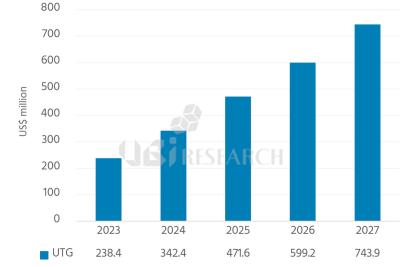Researchers use graphene to create more effective flexible OLED laser lift off process
Researchers from the Korea 's SNU, KAIST and KIMM developed a new lift-off process for flexible OLED displays, based on graphene. The researchers term the new method GLLO, or Graphene Laser Lift Off.
The researchers placed a single-layer CVD graphene film between the polyimide film and the glass carrier. The graphene, with its ability to absorb ultra-violet light and distribute heat laterally, enables a clean lift-off without any wrinkles or residues. Using the GLLO method, the researchers successfully separated 2.9 μm thick ultrathin PI substrates without any mechanical damage or carbon residue left behind. In contrast, traditional methods left the substrates wrinkled and the glass carriers unusable due to stubborn residues. This breakthrough has far-reaching implications for stretchable electronics and wearable devices.











